Antioxidant 168
Synonym(s):2,4-Bis(1,1-dimethylethyl)phenol phosphite (3:1);Tri(2,4-di-tert -butylphenyl) phosphite;Tri(2,4-di-t -butylphenyl) phosphite;Tris(2,4-di-tert-butylphenyl) phosphite
- CAS NO.:31570-04-4
- Empirical Formula: C42H63O3P
- Molecular Weight: 646.94
- MDL number: MFCD00072706
- EINECS: 250-709-6
- SAFETY DATA SHEET (SDS)
- Update Date: 2024-12-21 16:41:59
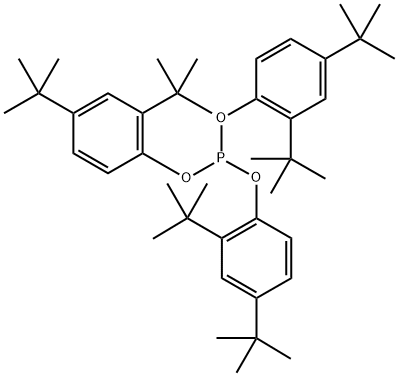
What is Antioxidant 168?
Description
ANTIOXIDANT 168 is a secondary antioxidant with excellent resistance to extraction by water, low volatility and high heat stability. It can effectively decompose hydroperoxides produced during the processing of polymeric materials. ANTIOXIDANT 168 usually not used alone, is compounded with hindered phenolic primary antioxidants such as 1010 to improve thermostability of polymer during the processing. There are over ten kinds of blends of 168 with phenolic antioxidants, widely use in the polymer materials such as PE, PP, PA, PC, ABS and so on.
The Uses of Antioxidant 168
This product is an excellent Antioxidant wnameely applied to polyethylene, polypropylene, polyoxymethylene, ABS resin, PS resin, PVC, engineering plastics, binding agent, rubber, petroleum etc. for product polymerization.
The Uses of Antioxidant 168
Tris(2,4-tert-butylphenyl) Phosphite is an intermediate in the synthesis of Tris(2,4-di-tert-butylphenyl)phosphate (T884500), a processing stabilizer for polymers.
What are the applications of Application
Antioxidant 168 is a kind of phosphite ester antioxidant as processing stabilizer, used for polypropylene, polyethylene, and adhesives. The amount to be used may be 0.1%~1.0% depending on the substrate, processing conditions, and requirements of the end application. Blends with hindered phenols are particularly effective.In addition, they use combination with light stabilizers when need.
Definition
ChEBI: Phenol, 2,4-bis(1,1-dimethylethyl)-, phosphite (3:1) is an alkylbenzene.
General Description
Tris(2,4-di-tert-butylphenyl) phosphite is a triaryl based phosphite that can be used in catalysis and metallation. Its characteristic to undergo metallation reaction and provide a cost effective synthetic processes allows it to be useful in biaryl coupling reactions.
Flammability and Explosibility
Not classified
Safety
Antioxidant 168 is approved for indirect food contact applications.
Properties and Applications
|
TEST ITEMS |
SPECIFICATION |
|
APPEARANCE |
WHITE INCOMPACT POWDER |
|
CONTENT |
99.0% min |
|
MELTING RANGE |
|
|
VOLATILE |
0.3% max |
|
SOLUBILITY 2g/20ml TOLUENE |
CLEAR |
|
FREE 2,4-DITERT-BUTYPHENOL |
0.2% max (wt) |
|
TRANSMITTANCE |
98% min 425nm |
|
98% min 500nm |
|
|
ACID VALUE,mg KOH/g |
0.3% max |
|
HYDROLYSIS TIME (90°C WATER ) |
14 h min |
|
SOLUBILITY |
1% ACETONE |
|
30% TOLUENE |
|
|
36% CHLOROFORM |
|
|
4% ETHYL ACETATE |
|
|
11% n-HEXANE |
|
|
0.1% ETHANOL |
|
|
36% DICHLOROETHANE |
|
|
6% max PHENYLETHYLENE |
|
|
0.01% max WATER |
Properties of Antioxidant 168
| Melting point: | 181-184 °C(lit.) |
| Boiling point: | 594.2±50.0 °C(Predicted) |
| Density | -0.98 |
| Flash point: | 46°C (115°F) |
| storage temp. | 2-8°C |
| solubility | Acetonitrile (Slightly), Chloroform (Sparingly), Ethyl Acetate (Sparingly, Heate |
| form | Powder |
| color | white |
| Specific Gravity | 0.98 |
| Hydrolytic Sensitivity | 4: no reaction with water under neutral conditions |
| Sensitive | moisture sensitive |
| Stability: | Moisture Sensitive |
| CAS DataBase Reference | 31570-04-4(CAS DataBase Reference) |
| EPA Substance Registry System | Tris(2,4-di-tert-butylphenyl) phosphite (31570-04-4) |
Safety information for Antioxidant 168
| Signal word | Warning |
| Pictogram(s) |
 Exclamation Mark Irritant GHS07 |
| GHS Hazard Statements |
H315:Skin corrosion/irritation H319:Serious eye damage/eye irritation |
| Precautionary Statement Codes |
P264:Wash hands thoroughly after handling. P264:Wash skin thouroughly after handling. P280:Wear protective gloves/protective clothing/eye protection/face protection. |
Computed Descriptors for Antioxidant 168
| InChIKey | JKIJEFPNVSHHEI-UHFFFAOYSA-N |
Antioxidant 168 manufacturer
High Grade Industries Pvt Ltd
New Products
4-Fluorophenylacetic acid 4-Methylphenylacetic acid N-Boc-D-alaninol N-BOC-D/L-ALANINOL Tert-butyl bis(2-chloroethyl)carbamate 3-Morpholino-1-(4-nitrophenyl)-5,6-dihydropyridin- 2(1H)-one Furan-2,5-Dicarboxylic Acid Tropic acid S-2-CHLORO PROPIONIC ACID ETHYL ISOCYANOACETATE 2-Bromo-1,3-Bis(Dimethylamino)Trimethinium Hexafluorophosphate (6-METHYL-[1,3]DITHIOLO[4,5-b]QUINOXALIN-2-ONE INDAZOLE-3-CARBOXYLIC ACID 4-IODO BENZOIC ACID (2-Hydroxyphenyl)acetonitrile 4-Bromopyrazole 5,6-Dimethoxyindanone 2-(Cyanocyclohexyl)acetic acid 4-methoxy-3,5-dinitropyridine 2-aminopropyl benzoate hydrochloride 1-(4-(aminomethyl)benzyl)urea hydrochloride diethyl 2-(2-((tertbutoxycarbonyl)amino) ethyl)malonate tert-butyl 4- (ureidomethyl)benzylcarbamate Ethyl-2-chloro((4-methoxyphenyl)hydrazono)acetateRelated products of tetrahydrofuran

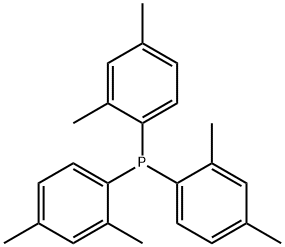
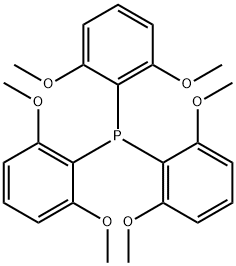
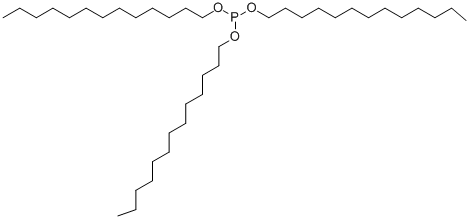
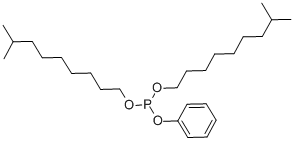
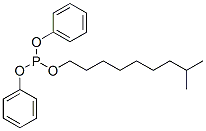
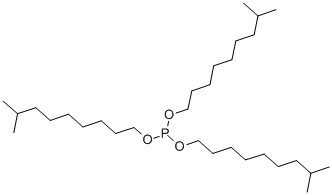
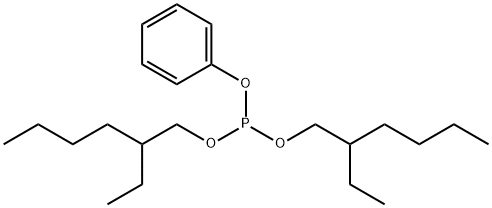
You may like
-
 Tris(2,4-di-tert-butylphenyl) Phosphite CAS 31570-04-4View Details
Tris(2,4-di-tert-butylphenyl) Phosphite CAS 31570-04-4View Details
31570-04-4 -
 Tris-(2,4-di-tert-butylphenyl)phosphite 98% (HPLC) CAS 31570-04-4View Details
Tris-(2,4-di-tert-butylphenyl)phosphite 98% (HPLC) CAS 31570-04-4View Details
31570-04-4 -
 Tris-(2,4-di-tert-butylphenyl)phosphite 95.00% CAS 31570-04-4View Details
Tris-(2,4-di-tert-butylphenyl)phosphite 95.00% CAS 31570-04-4View Details
31570-04-4 -
 Plastic additive 12 >98% (HPLC) CAS 31570-04-4View Details
Plastic additive 12 >98% (HPLC) CAS 31570-04-4View Details
31570-04-4 -
 Tris(2,4-di-tert-butylphenyl) phosphite CAS 31570-04-4View Details
Tris(2,4-di-tert-butylphenyl) phosphite CAS 31570-04-4View Details
31570-04-4 -
 Plastic additive 5 CAS 31570-04-4View Details
Plastic additive 5 CAS 31570-04-4View Details
31570-04-4 -
 Plastic Additive 5 CAS 31570-04-4View Details
Plastic Additive 5 CAS 31570-04-4View Details
31570-04-4 -
 Plastic additive 12 CAS 31570-04-4View Details
Plastic additive 12 CAS 31570-04-4View Details
31570-04-4